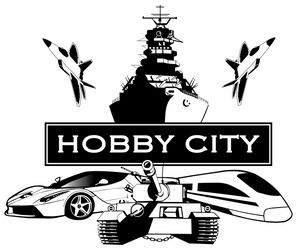
The different scales of model railways
Model railways come in a variety of scales, each with its own unique benefits and challenges. Understanding the different scales available can help you choose the best one for your needs. In this guide, we'll take a closer look at some of the most popular scales for model railways.
-
HO Scale HO scale is the most popular scale for model railways, with a scale ratio of 1:87. This scale is great for those who want to create a detailed layout without taking up too much space. HO scale models are easy to find and there are a variety of manufacturers and accessories available. HO scale models are also relatively easy to handle, making them a good choice for beginners.
-
N Scale N scale is the second most popular scale for model railways, with a scale ratio of 1:160. This scale is great for those who want to create a large layout in a small space. N scale models are smaller and more delicate than HO scale models, which can make them more challenging to work with. However, N scale models are also highly detailed and can be very realistic.
-
O Scale O scale has a scale ratio of 1:48 and is often used for larger layouts. O scale models are larger and more expensive than HO and N scale models, but they are also highly detailed and can be very impressive. O scale models are great for those who want to create a realistic, highly-detailed layout with plenty of space for buildings and scenery.
-
G Scale G scale has a scale ratio of 1:22.5 and is often used for outdoor layouts. G scale models are large and highly detailed, making them perfect for creating a realistic outdoor environment. G scale models are also more expensive than other scales, but they are built to withstand outdoor conditions.
-
Z Scale Z scale has a scale ratio of 1:220, making it the smallest of all the model railway scales. This scale is great for those who want to create a very detailed layout in a very small space. However, Z scale models are very delicate and can be difficult to work with.
Each scale has its own unique benefits and challenges. When choosing a scale for your model railway, consider your available space, your budget, and the level of detail you want to achieve. Regardless of which scale you choose, building a model railway can be a fun and rewarding hobby that can provide years of enjoyment.

Leave a comment